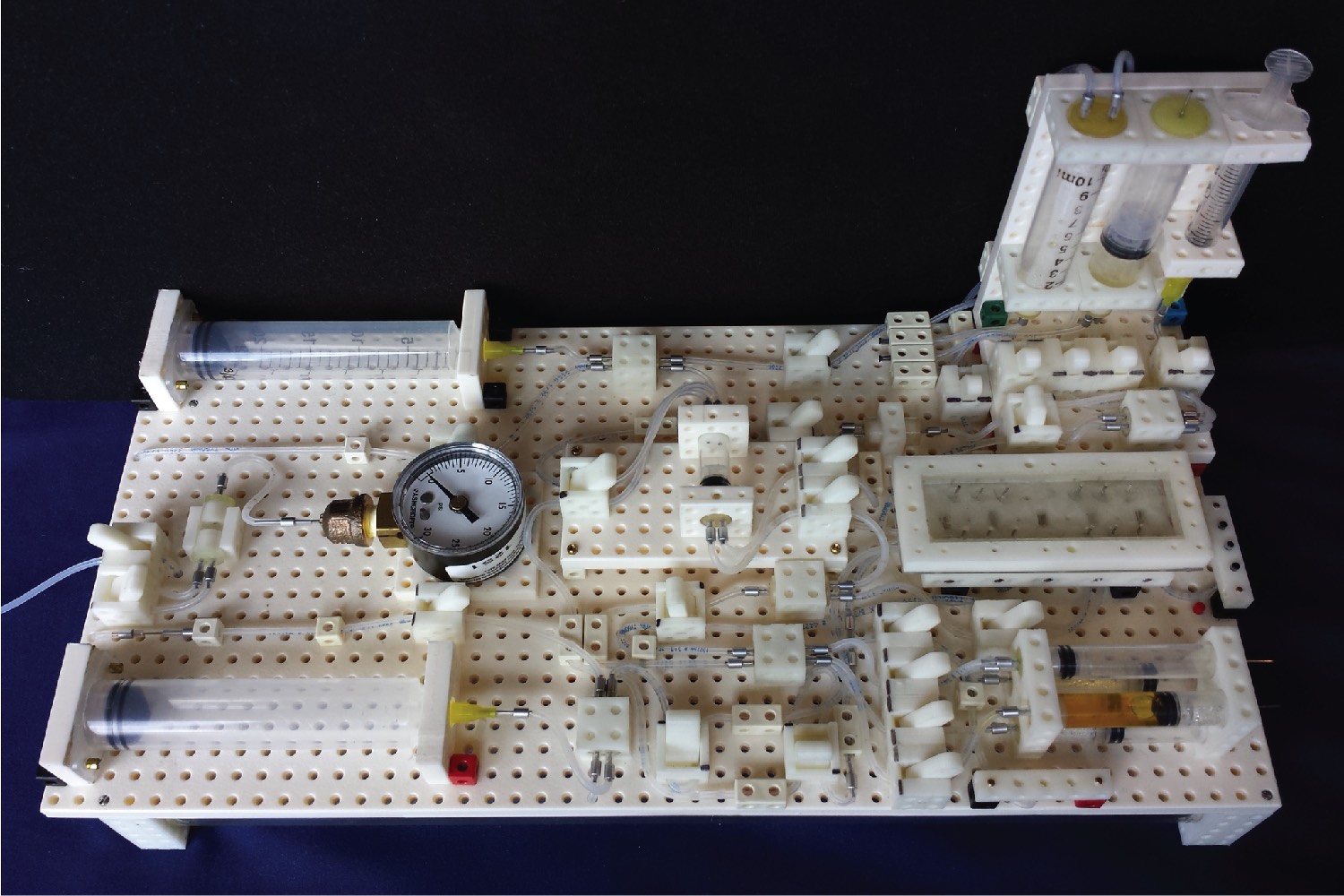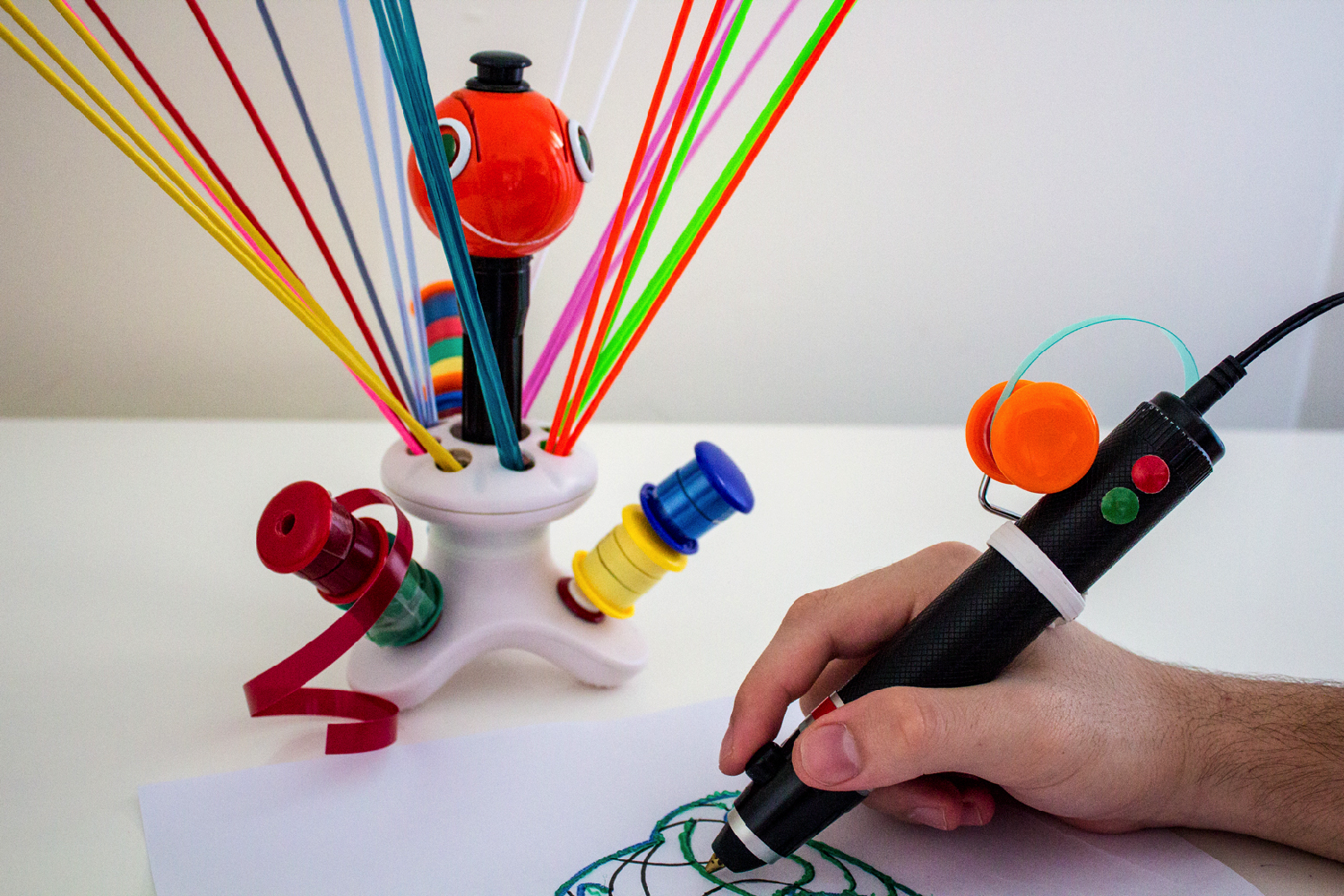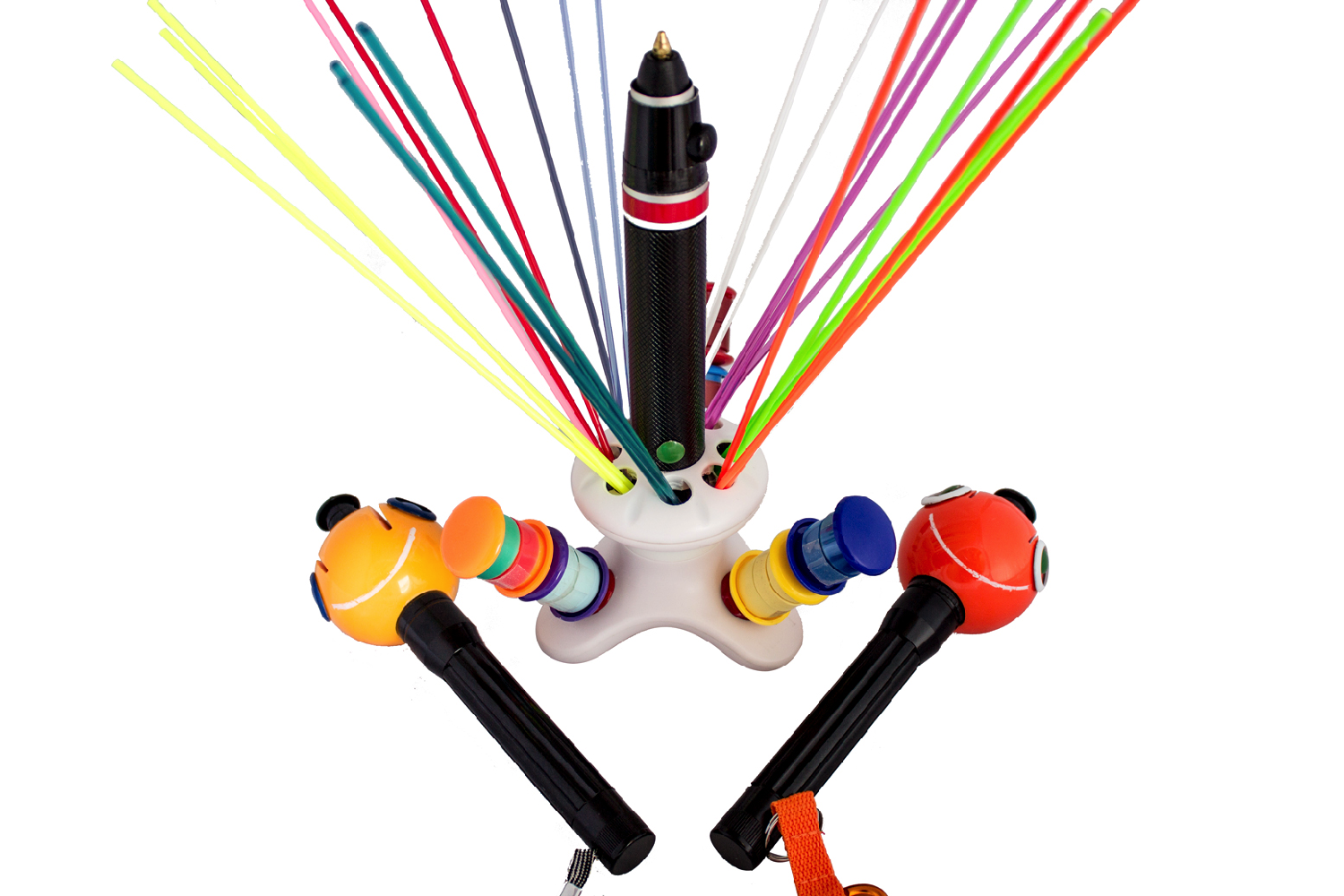But while these are all well and great, new Kickstarter project Renegade wants to solve the accompanying problem of cost and waste which comes with having to buy often pricey filaments for the pens in question. In aid of this mission, creator Daniel Edwards has invented a 3D-printing pen that works by recycling household plastic waste such as plastic bottles, files, and bags.
“We often use 3D printing for our projects, so we were regularly exposed to the price of standardized filaments,” Edwards tells Digital Trends. “After paying $100 for a 3D pen and being obliged to buy its filaments for $10 per 50g pack, we couldn’t help but think this [was] crazy!” Edwards also notes that he is painfully aware of “the mountains of used plastic bottles and bags that continue to critically pollute our environment.”
Combining these two concerns together resulted in the creation of Renegade. To fill the pen with recycled plastic, Edwards is also offering a device called a ChupaCut, capable of turning plastic bottles into single ribbons of 3D-printable material. Of course, if you want to keep on spending the money (and miss a chance to to aid the environment), it’s also possible to use regular filaments.
Early birds showing their support for the Kickstarter campaign can get both a Renegade pen and ChupaCut for only 75 pounds (about $99), although both can also be bought separately.
Once fundraising is finished, Edwards says he wants to build on the idea of eco-friendly 3D printing. “The mechanisms used in the pen are scalable, so one of our future goals is to design and develop a full-sized 3D printer that also operates on plastic waste,” he told Digital Trends. “Implementing this would expand the user base, bringing affordable 3D printing to more places than ever before. It would also allow us to tackle the problem of pollution in a fun and inventive way — creating an incentive for the collection of plastic bottles, bags, and more from local communities throughout the world.”
Editors' Recommendations
- 3D printed cheesecake? Inside the culinary quest to make a Star Trek food replicator
- AMD’s revolutionary 3D V-Cache chip could launch very soon
- Fighting football injuries with 3D-printed, hyper-personalized pads
- Need a last-minute Halloween costume? Check out these 3D-printable getups
- NASA is testing a 3D printer that uses moon dust to print in space








